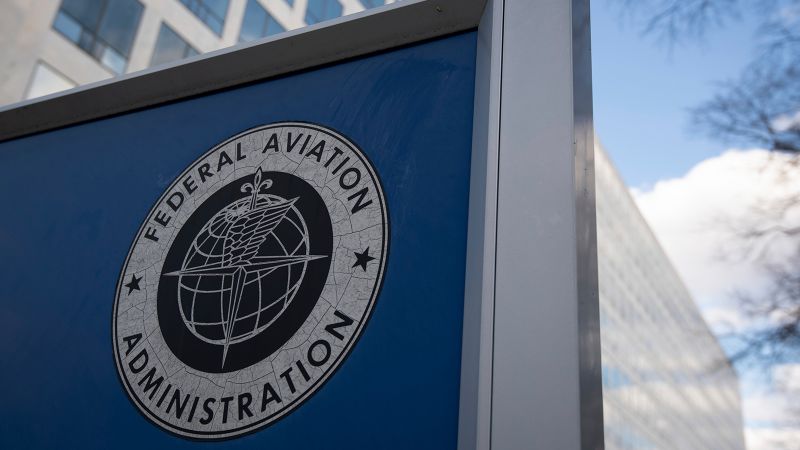FAA Staff Purge: Trump Administration Axes Hundreds of Probationary Workers

In a controversial move, the Trump administration has launched a sweeping dismissal of hundreds of probationary employees at the Federal Aviation Administration (FAA), targeting those responsible for maintaining critical air traffic control infrastructure. The mass terminations, as reported by the employees' union, have raised significant concerns about potential disruptions to the nation's aviation safety systems.
These probationary workers, who play a crucial role in keeping America's skies safe and operational, are now facing unexpected job losses during an already challenging economic period. The union has expressed alarm over the sudden and widespread nature of these dismissals, suggesting that the cuts could compromise the FAA's ability to effectively manage and maintain air traffic control operations.
The timing and scale of these terminations have sparked debate about the potential long-term implications for aviation safety and the workforce that supports one of the country's most critical transportation infrastructures. As the situation unfolds, many are watching closely to understand the full impact of these administrative actions.

